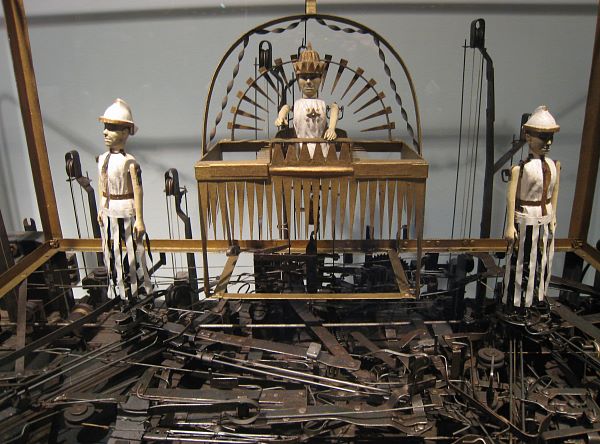Keynote at Swansea Animation Days... again.
Swansea, Wales
 For the second time, I had the privilege of delivering the opening keynote at the Swansea ANimation Days festival -- at least, the Game Days part of it, which comes first. The last time I was there was in 2006, and the festival just seems to keep getting bigger and better. In addition there was dinner at the house of the Lord Mayor of Swansea, complete with the Lord Mayor himself, and his wife, in attendance, wearing their gold chains of office.
For the second time, I had the privilege of delivering the opening keynote at the Swansea ANimation Days festival -- at least, the Game Days part of it, which comes first. The last time I was there was in 2006, and the festival just seems to keep getting bigger and better. In addition there was dinner at the house of the Lord Mayor of Swansea, complete with the Lord Mayor himself, and his wife, in attendance, wearing their gold chains of office.
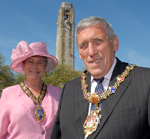 Gold chains of office are something we don't do much in the United States. Just as the Queen is a constitutional monarch, so the Lord Mayor is a constitutional mayor -- the job only lasts for a year and I think his duties are strictly ceremonial. Still, he gets to live in a pretty nice house with some amazing silver dishes. I didn't ask what he thought about having a bunch of animation geeks and game developers to dinner, but he seemed gracious about it.
Gold chains of office are something we don't do much in the United States. Just as the Queen is a constitutional monarch, so the Lord Mayor is a constitutional mayor -- the job only lasts for a year and I think his duties are strictly ceremonial. Still, he gets to live in a pretty nice house with some amazing silver dishes. I didn't ask what he thought about having a bunch of animation geeks and game developers to dinner, but he seemed gracious about it.
The talk I gave was "A New Vision for Interactive Stories," my GDC lecture from 2006. There was a good crowd, despite my being first thing in the morning and a number of them rather sleepy. I was rather sleepy myself, if the truth were told. The next night there was another, less formal and more intimate dinner for the speakers. Unfortunately, I can't remember who all is who in this picture, except that the guy on the left is the wonderful Ed Hooks, who teaches acting to animators all over the world. Like me, he divides his time between consulting and doing workshops. The lady at the back next to me is Felicity Blastland, who organizes SAND every year and makes sure we all have a good time. We did!
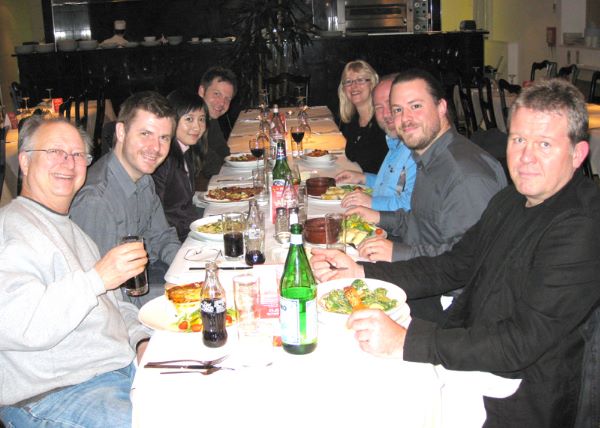
 For the second time, I had the privilege of delivering the opening keynote at the Swansea ANimation Days festival -- at least, the Game Days part of it, which comes first. The last time I was there was in 2006, and the festival just seems to keep getting bigger and better. In addition there was dinner at the house of the Lord Mayor of Swansea, complete with the Lord Mayor himself, and his wife, in attendance, wearing their gold chains of office.
For the second time, I had the privilege of delivering the opening keynote at the Swansea ANimation Days festival -- at least, the Game Days part of it, which comes first. The last time I was there was in 2006, and the festival just seems to keep getting bigger and better. In addition there was dinner at the house of the Lord Mayor of Swansea, complete with the Lord Mayor himself, and his wife, in attendance, wearing their gold chains of office. Gold chains of office are something we don't do much in the United States. Just as the Queen is a constitutional monarch, so the Lord Mayor is a constitutional mayor -- the job only lasts for a year and I think his duties are strictly ceremonial. Still, he gets to live in a pretty nice house with some amazing silver dishes. I didn't ask what he thought about having a bunch of animation geeks and game developers to dinner, but he seemed gracious about it.
Gold chains of office are something we don't do much in the United States. Just as the Queen is a constitutional monarch, so the Lord Mayor is a constitutional mayor -- the job only lasts for a year and I think his duties are strictly ceremonial. Still, he gets to live in a pretty nice house with some amazing silver dishes. I didn't ask what he thought about having a bunch of animation geeks and game developers to dinner, but he seemed gracious about it.The talk I gave was "A New Vision for Interactive Stories," my GDC lecture from 2006. There was a good crowd, despite my being first thing in the morning and a number of them rather sleepy. I was rather sleepy myself, if the truth were told. The next night there was another, less formal and more intimate dinner for the speakers. Unfortunately, I can't remember who all is who in this picture, except that the guy on the left is the wonderful Ed Hooks, who teaches acting to animators all over the world. Like me, he divides his time between consulting and doing workshops. The lady at the back next to me is Felicity Blastland, who organizes SAND every year and makes sure we all have a good time. We did!


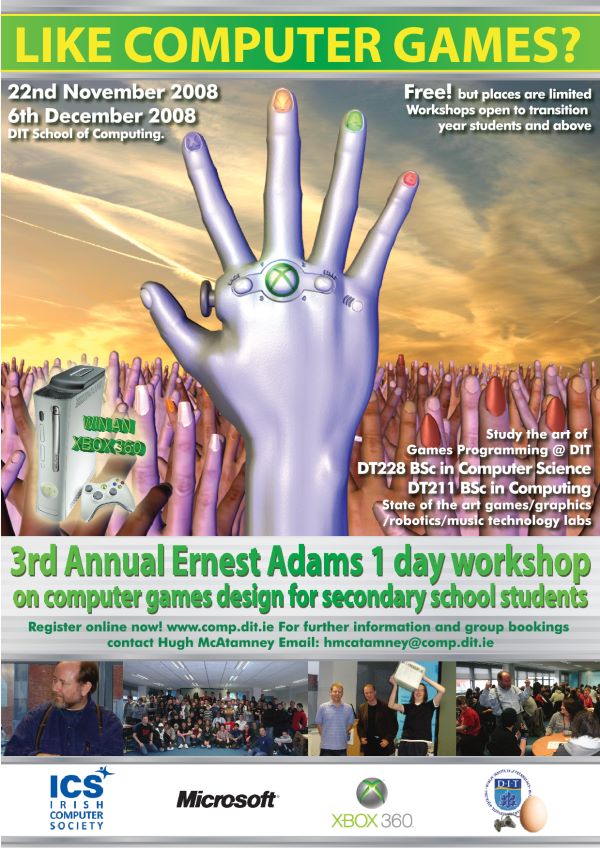
 A couple of years back I met a cool professor named
A couple of years back I met a cool professor named 



 Last May I went to the
Last May I went to the 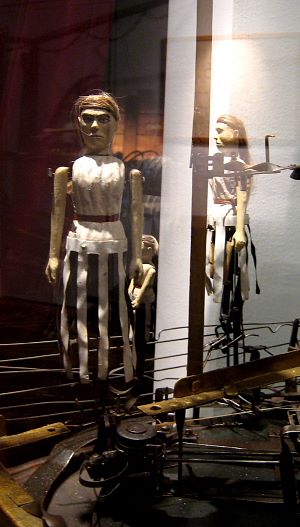 Elzinga was a mechanical genius, but he was poor. He lived alone with his mother, had no job, and had to scrounge parts wherever he could find them -- mostly from the blacksmith's forge and the bicycle shop. He shut himself in his room, and for three years, he worked on his amazing invention. When it was done, it was one of the wonders of the Netherlands, and it was put on display all over the country. Originally it had to be cranked by hand, and it ran for 35 minutes continuously. To reset it, it has to be cranked backwards for 35 minutes!
Elzinga was a mechanical genius, but he was poor. He lived alone with his mother, had no job, and had to scrounge parts wherever he could find them -- mostly from the blacksmith's forge and the bicycle shop. He shut himself in his room, and for three years, he worked on his amazing invention. When it was done, it was one of the wonders of the Netherlands, and it was put on display all over the country. Originally it had to be cranked by hand, and it ran for 35 minutes continuously. To reset it, it has to be cranked backwards for 35 minutes!